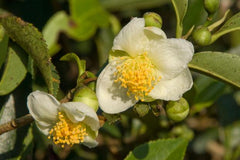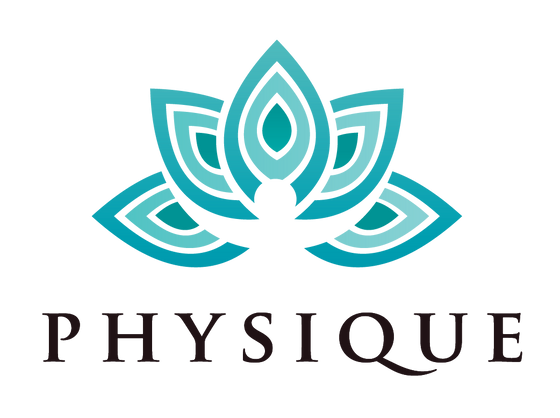What is True Tea?

What is True Tea?
Here at Physique Tea, we’re excited to launch a new series of blog posts that will answer a question that is on a lot of people’s minds these days – especially as they browse (either online or offline) through what can seem like a dizzying array of teas: what exactly is TRUE tea?
The reason this question is so common – and indeed, so important – is because regardless of the marketing claims that some companies make, not all teas are actually teas in the first place!
Confused? Well, don’t worry. Once you’ve finished reading this series, you’ll be well on your way to being a tea expert!
What Exactly is “True” Tea, Anyway?
Let’s start at the very beginning by answering the question: what exactly is “true” tea anyway?
Simply put, true tea comes from one, and only one, source: Camellia sinensis. Any so-called tea that derives from any other source isn’t true tea.
Camellia Sinensis
Camellia sinensis is a species of small tree or evergreen shrub. For convenience (and because many people’s Latin is a bit rusty!), it’s often called the “tea plant”, “tea shrub” or “tea tree”.  There are two primary varieties of Camellia sinensis: sinensis and assamica. The former refers to teas that are native to China, and the latter is for teas that are native to India.
There are two primary varieties of Camellia sinensis: sinensis and assamica. The former refers to teas that are native to China, and the latter is for teas that are native to India.
Varieties
There are also six varieties of teas that come from Camellia sinensis, and once again, these are the world’s ONLY true teas: white tea, yellow tea, green tea, black tea, and our favorites they’re the only kind we use in our delectable and healthy Physique selections: oolong tea and pu-erh tea!
What About Herbal Teas?
Now that you know there true tea comes from and that there are six varieties, you may be wondering: what about herbal teas?
Well, the answer to that is surprising but simple: they aren’t true teas! That’s not to say that you shouldn’t drink them; by all means, if you enjoy herbal teas then that’s wonderful. But you ought to know – or rather, herbal tea companies should be telling you – that their products (which can also be called a herbal tisane or herbal infusion) typically come from flowers, herbs or dried fruits. So while it may be tasty, refreshing or healthy: it’s not true tea!
Stay Tuned for Part 2!
In part 2 of our series, we’ll explore in more depth the five varieties of true tea introduced above: white tea, yellow tea, green tea, black tea, oolong tea and pu-erh tea. Stay tuned!
The post What is True Tea? appeared first on Physique Tea.
Leave a comment
Comments will be approved before showing up.



